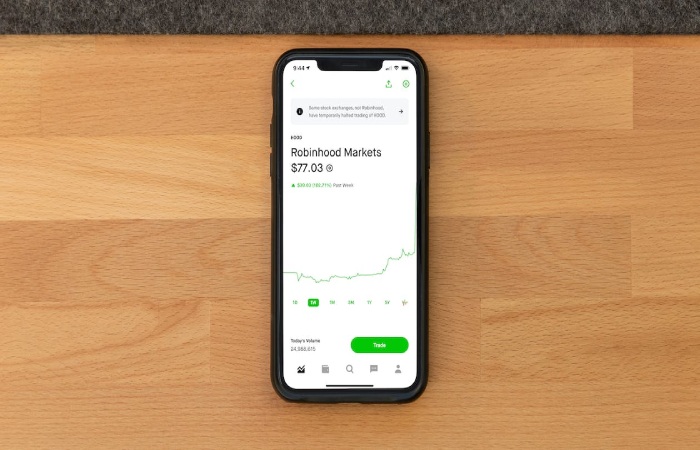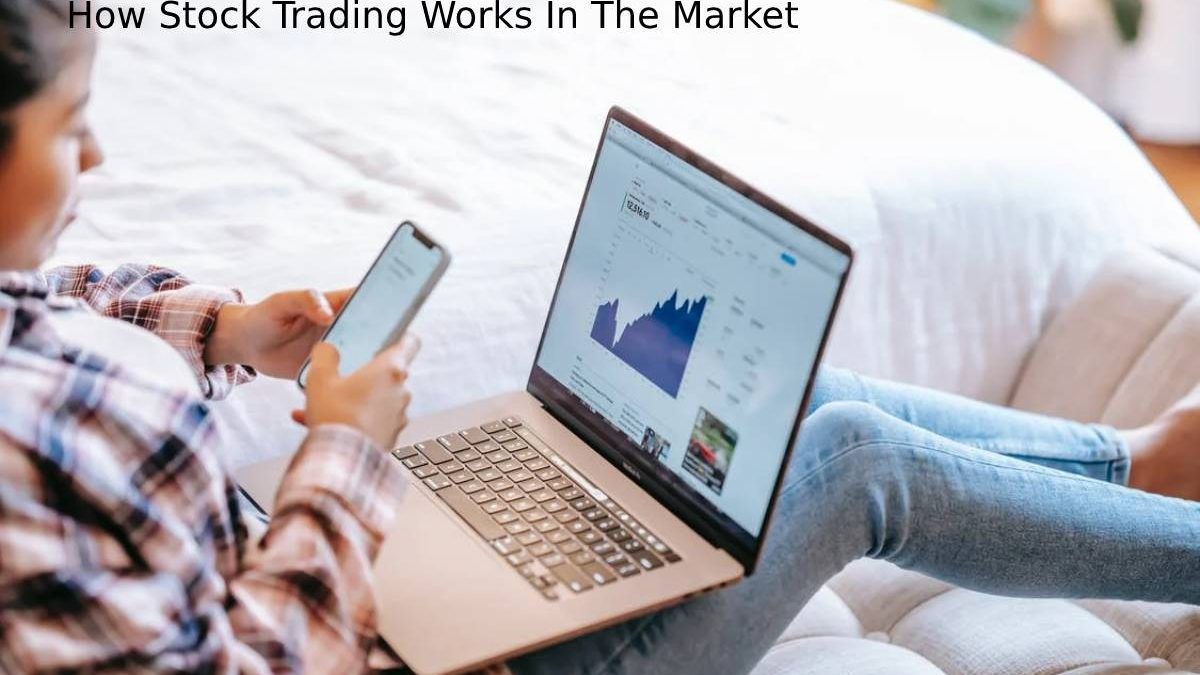Stock Trading -Don’t take the term “actions” literally. Stock Trading don’t trade stocks like baseball cards. For example: “I’ll trade you 100 IBM for 100 Intel.” No, you can’t do that. In financial market jargon, “to trade” means buying and selling.
How a system that can scale to trade a billion shares in a single day works is a mystery to most people. Our financial markets are undoubtedly marvels of technological efficiency.
Stock Trading and markets should treat an order for 100 shares of Acme Kumquats with the same care and documentation as an order for 100,000 shares of MegaCorp.
You don’t need to know all the technicalities of buying and selling stocks, but a basic understanding of how the markets work is vital for an investor.
Table of Contents
Important Points To Remember In Stock Trading
In stock market jargon, “trading” refers to the buying and selling stocks rather than the direct exchange of stocks for stocks.
Floor Stock Trading make trades on the floor by finding buyers or sellers of the stocks they want to trade through their broker.
Floor Stock Trading can often take a few beings to settle fully.
Today, more brokers and large institutional Stock Trading are trading electronically with almost instant confirmation.

Two Basic Methods Of Stock Trading
Exchanges Execute A Transaction In Two Main Ways: On-Site Or Automatically.
Since December 2017, there has been a solid push to move more transactions to networks and off exchanges, but this push has met some resistance. Most markets, including the Nasdaq, trade stocks electronically. However, futures markets trades in person on the floor of various exchanges, but that’s another topic.
Stock Trading
Trading on the New York Stock Chat (NYSE) floor is the picture most people get from TV and movie descriptions of how the market works. However, when the market is open, you can see hundreds of people walking around, yelling and gesturing, making phone calls, looking at screens, and entering data into terminals. It looks like chaos.
At the end of the transaction day, the floor stabilizes, but depending on the type of trade, it can take up to three more trading days for a trade to clear. Here is a step-by-step overview of executing a base trade on the New York Stock Exchange.
You tell your agent to buy 100 shares from the market.
The order department of your broker transmits the order to your bill of exchange clerk.
The clerk alerts one of the company’s dealers, who finds another dealer willing to sell 100 shares of Acme Kumquats. It’s easier because the trader on the floor knows which Stock Trading are making markets for specific stocks.
The two agree on a price and close the deal. The notification process will continue, and your broker will call you back with the final price. Depending on the stock and market, the process can take a few notes or longer. A few days later, you will take the confirmation by email.
Of course, this example was a simple exchange; Complex transactions and large blocks of shares require much more detail.
Electronic Transactions
In this rapidly changing world, some people wonder how much longer a human system like the NYSE can continue to provide the required level of service. For example, the New York Stock Exchange settles a small percentage of its volume electronically, while its rival, the Nasdaq, is fully electronic.
Electronic marketplaces use vast computer networks, rather than human intermediaries, to connect buyers and sellers. While this system doesn’t have the romantic and exciting imagery of the NYSE floor, it is efficient and fast. As a result, many large institutional buyers such as pension funds, mutual funds, etc., prefer this trading method.
For the individual investor, you can often get near-instant confirmations of your trades if that’s important to you. It also makes monitoring investments online easier by bringing you closer to the market.
However, you still need a broker to grip your trades as people do not have access to electronic markets. Your broker accesses the conversation network, and the system finds a buyer or seller based on your order. It is easy to trade through an app-based broker on your Android or iPhone device.
What does all this mean to you? When the system works, and it usually does, all of this is hidden from you. However, it’s important to have an idea of what’s going on behind the scenes when something goes wrong.
Related searches
[stock trading platform]
[stock trading for beginners]
online stock trading
stock trading course
stock trading game
app for[ stock trading ]
[stock trading companies]
[stock trading business]


